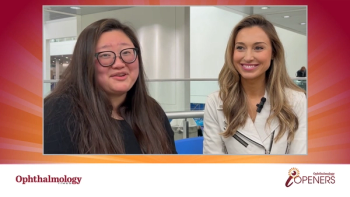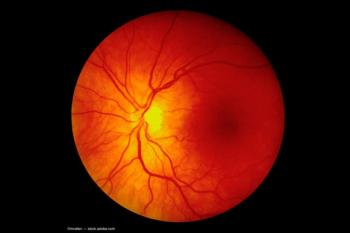
Efficacy, safety, and predictability encouraging for wavefront-guided epi-LASIK
As follow-up increases, results continue to be favorable in the prospective multicenter study evaluating wavefront-guided epi-LASIK treatment for myopia using the Norwood EyeCare Epikeratome, reported Marguerite B. McDonald, MD.
As follow-up increases, results continue to be favorable in the prospective multicenter study evaluating wavefront-guided epi-LASIK treatment for myopia using the Norwood EyeCare Epikeratome, reported Marguerite B. McDonald, MD.
The study enrolled 133 eyes of 70 patients with an average preoperative SE of -2.88 D (range -0.5 to -7.9 D), uncorrected visual acuity (UCVA) of 20/200, and best-corrected visual acuity (BCVA) of 20/20. All ablations are being performed with the STAR S4 excimer laser (VISX/AMO).
With 71 eyes seen at 3 months, mean SE is plano and the achieved refraction is within 0.25 D of plano in 90% of eyes. Visual outcomes are impressive as well. While mean UCVA was only 20/50 on days 1 and 4 postoperative and improved to 20/40 on day 7, at 3 months after the surgery, 87% of eyes had achieved UCVA of 20/20 or better, 63% were able to see 20/16 or better uncorrected, and UCVA was 20/12.5 or better in 23%. No eyes have lost any lines of BCVA, and while none could see 20/12.5 or better with best correction preoperatively, that level of vision was achieved by 33% of eyes tested at 3 months.
Pain ratings during the first few days after the procedure averaged slightly over 3 on a scale of 0 to 10, but dropped to 1.7 by day 7. Haze was minimal during early follow-up and was absent in all eyes at month 3.
"We are most encouraged by these early results for wavefront-guided epi-LASIK and look forward to longer follow-up," said Dr. McDonald, clinical professor of ophthalmology, Tulane University, New Orleans.
Newsletter
Don’t miss out—get Ophthalmology Times updates on the latest clinical advancements and expert interviews, straight to your inbox.













































